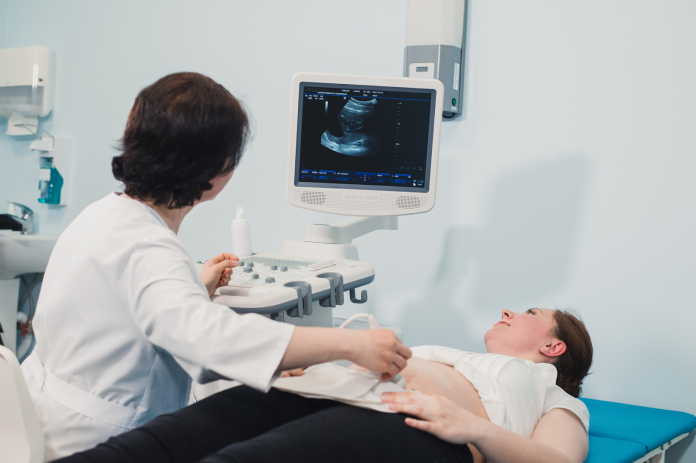Abortion, a critical aspect of reproductive health care, requires careful consideration and thorough preparation to ensure the safety and well-being of the patient. Pre-abortion screening plays a pivotal role in this process, providing essential insights that guide the procedure and contribute to overall safety. This article explores the significance of pre-abortion screening, its components, and how it enhances the safety and effectiveness of abortion procedures.
Understanding Pre-Abortion Screening
Pre-abortion screening is a comprehensive evaluation conducted before an abortion procedure. This process involves assessing the patient’s health, understanding their medical history, and evaluating the specifics of the pregnancy. The goal is to identify any potential risks or complications that could impact the abortion procedure and the patient’s health. This screening ensures that the procedure is tailored to the patient’s individual needs, promoting a safer and more effective outcome.
Components of Pre-Abortion Screening
Medical History Review
A thorough review of the patient’s medical history is a cornerstone of pre-abortion screening. This involves documenting any pre-existing health conditions, past surgeries, allergies, and medications. Understanding the patient’s medical background helps identify any factors that could complicate the abortion procedure or impact recovery. For example, patients with chronic conditions such as diabetes or hypertension may require additional precautions or modifications to the standard procedure.
Pregnancy Assessment
Accurate assessment of the pregnancy is crucial for planning the appropriate abortion method. This includes determining the gestational age and confirming the viability of the pregnancy through ultrasounds and other diagnostic tools. The gestational age influences the choice of abortion method, as different methods are suitable for different stages of pregnancy. Early detection and accurate assessment are vital for selecting the safest and most effective approach.
Risk Assessment
Pre-abortion screening also involves evaluating potential risks associated with the procedure. This includes assessing the patient’s overall health and identifying any factors that could increase the risk of complications. Common risks might include bleeding disorders, infections, or other health conditions that could impact the procedure. By identifying these risks in advance, healthcare providers can take appropriate measures to mitigate them and ensure a safer procedure.
Benefits of Pre-Abortion Screening
Tailoring the Procedure
One of the primary benefits of pre-abortion screening is the ability to tailor the procedure to the individual needs of the patient. By understanding the patient’s health status, medical history, and specifics of the pregnancy, healthcare providers can choose the most appropriate abortion method and plan for any necessary additional care. This personalized approach enhances the effectiveness of the procedure and reduces the risk of complications.
Enhancing Safety
Pre-abortion screening significantly enhances the safety of the procedure. By identifying potential risks and addressing them before the procedure, healthcare providers can implement strategies to minimize complications. For instance, if a patient is found to have a bleeding disorder, special precautions can be taken to manage bleeding during and after the procedure. This proactive approach helps ensure a safer experience for the patient.
Improving Patient Outcomes
The thorough evaluation provided by pre-abortion screening contributes to better overall patient outcomes. By addressing potential issues before the procedure, patients are more likely to experience a smoother process and faster recovery. Additionally, pre-abortion screening provides patients with the opportunity to discuss their concerns and receive appropriate counseling, which can contribute to improved emotional well-being and satisfaction with the care they receive.
Implementing Effective Pre-Abortion Screening
To maximize the benefits of pre-abortion screening, it is essential that healthcare providers follow best practices and protocols. This includes:
- Comprehensive Evaluation: Ensuring a detailed assessment of the patient’s medical history, pregnancy details, and risk factors.
- Clear Communication: Providing clear explanations to patients about the screening process and its importance. This helps patients understand the need for thorough evaluation and reduces anxiety.
- Collaborative Approach: Working with a multidisciplinary team, including physicians, nurses, and counselors, to address all aspects of the patient’s care and ensure a coordinated approach.
- Continuous Monitoring: Implementing follow-up care to monitor the patient’s recovery and address any post-procedure issues that may arise.
Conclusion
Pre-abortion screening is a critical component of ensuring safe and effective abortion procedures. By providing a comprehensive evaluation of the patient’s health, medical history, and pregnancy specifics, this screening process helps tailor the procedure to individual needs, enhance safety, and improve overall patient outcomes. Implementing effective pre-abortion screening practices is essential for delivering high-quality reproductive health care and ensuring that patients receive the best possible support throughout their abortion experience.

